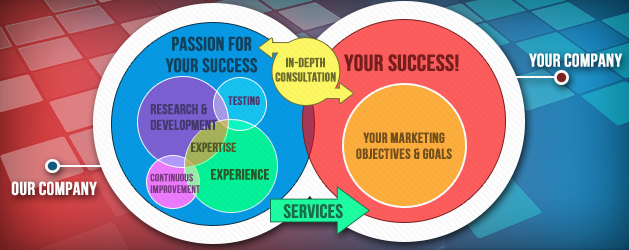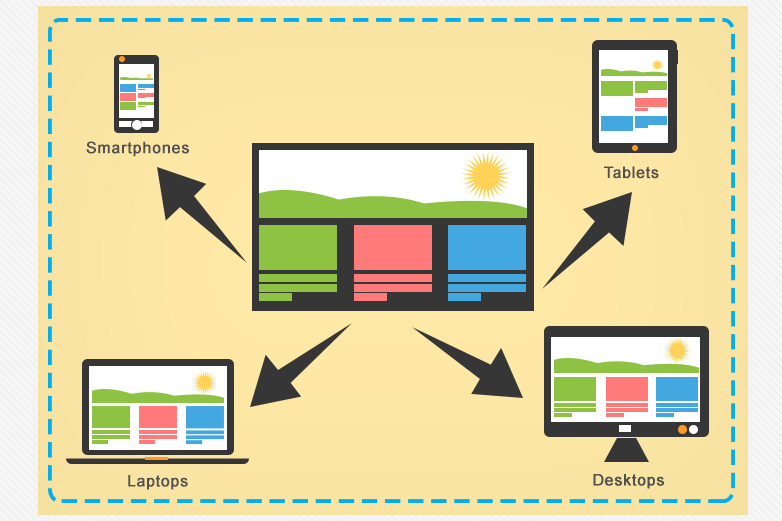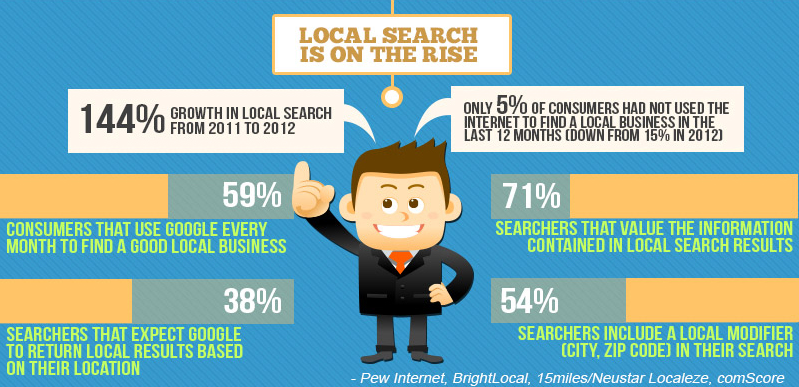Social media optimization is a known business necessity. Owners understand that for their venture to withstand the competition and survive in the current economic environment, they need to be on Facebook, Twitter, and other social networks. They need to update fan pages, upload photos, and interact with their audience. After all, 67% of all Internet users use social networks, according to Pew Internet research. Indeed no online marketing strategy is ever complete without it. But at the end of the day, its sales—not likes, retweets, or repins—that keep the business going. So the question now is…
“Do businesses actually get sales from social media?”
Social: Vast Network of Networks
Despite doubts clouding social’s power to keep the cash register ringing, business still believe in conducting marketing via social networks. In fact, 83% of marketers surveyed by Social Media Examiner consider social media as important for their business. The same source found that 59% or marketers are using social media for 6 hours or more each week.
As for which site is considered most critical to business, 42% of marketers asked by HubSpot for the State of Inbound Marketing report voted Facebook as their choice. Some 80% of U.S. social network users prefer to connect to brands through it.
Apart from Facebook, which now has 1.11 billion monthly active users, Twitter and Pinterest were also cited by marketers. According to a study by Edison Research, 51% of active Twitter users follow companies, brands, or products on social networks. Pinterest, on the other hand, is ranked by Experian as the third most popular social network in the U.S., based on traffic. Google’s very own Google+ is continuously growing with 235 million monthly active users. Then, there’s YouTube, LinkedIn, and other popular sites.
So, Do Social Users Actually Buy?
Some 43% of social users actually do buy. The purchases happened after conducting some form of social action on the item, like sharing and favoriting, says global research provider Vision Critical. Broken down by site, Facebook appears to be the best platform to drive sales as 38% of its users have purchased an item after liking and sharing it. Pinterest ranks second with 29% of users saying they have purchased an item. Twitter was third with 22%. Social sites can drive both online and offline sales, it was found.
What do they buy? Recent social-inspired purchases by users fall mostly under technology and electronics, with the category accounting for 34% of sales driven by Twitter and 25% by Facebook. As for Pinterest, the top category was food and drink (24%).
Which type of retail store or site did they buy from? Facebook users mostly purchased from a discount retailer (43%) and supermarket (18%). Discount retailer also ranked first for Twitter (31%) and Pinterest (26%). Twitter users also bought from a department store (31%) while Pinterest users purchased from a specialty retailer (21%).
The Social Buyer: Dissected & Analyzed
The social buyer exists, and is mostly (51%) between the age of 18 and 34. The 35-54 age group represents 34% of social purchasers while the 55+ age group accounts for the remaining 15% or so. Divided by sex, 56% are male and 44% are female.
The demographics change when mobile comes into the picture. The ratio between males and females further favors males, 69:31. The 18-34 age group grows to 68% of the total number of social purchasers using mobile. Facebook (43%) and Pinterest (38%) purchases are mostly not mobile but 35% of Twitter-driven purchases are purely mobile.
So what’s inside the mind of a social buyer? A whopping 70% of Twitter user-purchasers said they were “vaguely” thinking about purchasing the product at the time they bought it. Facebook (60%) and Pinterest (49%) users had the same mindset when they bought a product, adds Vision Critical. The difference surfaces in buyers who “had not thought about purchasing this product” when they bought it. Only 9% of Twitter user-purchasers fall under this group while the figure is 16% for Facebook. Pinterest appears to be the best site for unplanned purchases as 29% their social buyers weren’t even thinking about buying such item when purchased it.
How to Appeal to Your Social Buyer
Use a Specific Network’s Purchasing Influence – Auto posting the same exact stuff on all your social accounts is not the best way to approach social media. If you want to get social-inspired sales, you must understand how a particular network or social website influences a customer’s purchase decision. For example, 43% of Pinterest purchasers said they were influenced by the “additional information on the product,” according to Vision Critical. This means Pinterest is a great choice when providing product details, reviews and recommendations, different models, etc.
For identifying where prospects can purchase the product, 38% of buyers used Twitter. When alerting to a sale or deal, 37% credited Facebook and 32% Twitter. Some 32% got reminders to purchase through Twitter. But when it comes to providing a coupon code, the battle is tight among Facebook (18%), Pinterest (14%), and Twitter (18%). Product discovery contest is also close: Facebook (31%), Pinterest (35%), and Twitter (35%).
Network Where Your Targets Are – Leading data firm comScore estimates 80% of Pinterest users are female. Repinly, an online pin directory, says the most popular Pinterest categories are as follows: food & drink, DIY and crafts, women’s apparel, and home décor. Head over to Google+ and the world turns upside down. According to SocialStatistics, nearly 87% of Google+ users are male. Students, early adopters, and engineers are some of the biggest groups. Go to LinkedIn and you’ll find a healthy balance of professionals from both sexes.
The idea is to analyze which site best suits your target market’s profile and then start your social media optimization campaign in that network. This strategy not only gives your marketing direction some focus, it also maximizes your resources.
Get Started in Focused Social Media Today – You can use social media optimization not just to get a legion of followers, but also to generate sales. That’s already proven. The best approach right now is to get started—if you haven’t already—and give it focus to ensure you influence social buyers to purchase your products and avail of your services today. We can help you.
Send us an email at info@qoolab.com or call us at 805-674-4797 now so we can provide you free in-depth consultation on social media optimization, and how you can attract social purchasers, better understand your customer, and generate more sales from social networks today.




